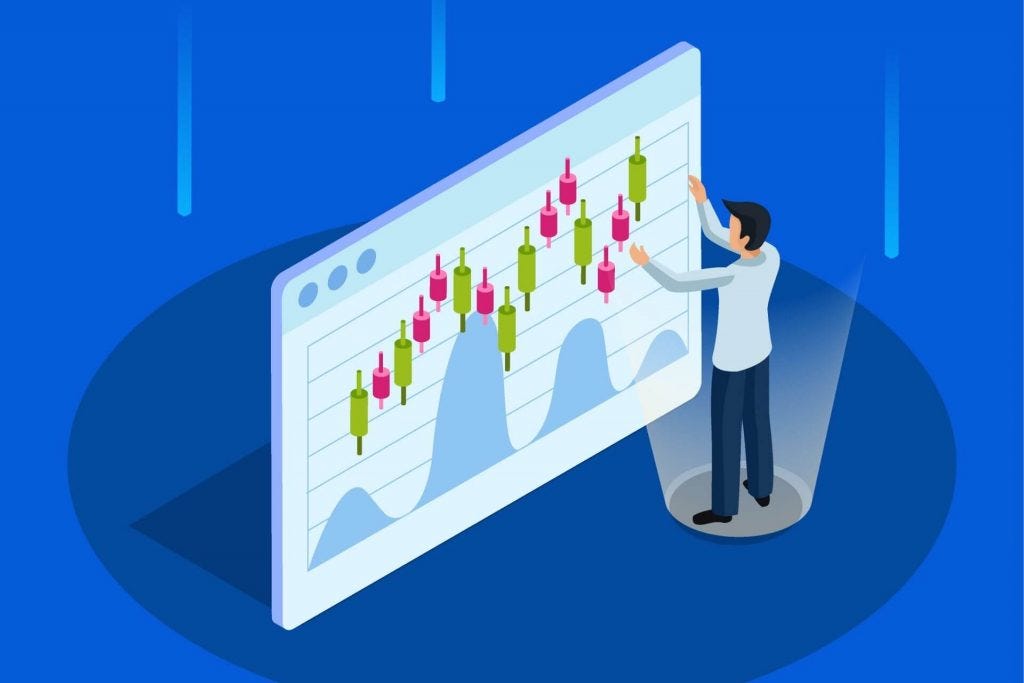Day Trading Strategies vs Intraday Trading: Day trading uses specific strategies (scalping, range trading) to profit from short-term price movements within a day and Intraday trading is the broader term for any buying and selling within a day, not tied to a specific strategy.
In the fast-paced world of stock trading, two popular approaches stand out for traders looking to capitalize on short-term market movements: Day Trading Strategies and Intraday Trading. Day trading and intraday trading are both short-term trading strategies that involve buying and selling financial instruments within the same trading day but they differ in their techniques, timeframes, and risk levels. Let’s delve into the differences between Day Trading Strategies and Intraday Trading to help traders understand how to maximize profits in the stock market.

Day Trading Strategies
Day Trading Strategies involve buying and selling financial instruments, such as stocks or currencies, within the same trading day. Day traders aim to profit from short-term price fluctuations, often relying on technical analysis, chart patterns, and market trends to make quick trading decisions. These traders typically close out all positions before the market closes to avoid overnight risks.
Key Points:
- Short-term trading approach within a single trading day.
- Relies on technical analysis and chart patterns for decision-making.
- Requires quick execution and active monitoring of positions throughout the day.
- Emphasizes capitalizing on intraday price movements for profit.
- Pros: Defined methods offer a structured approach, potentially leading to consistent profits.
- Cons: Requires significant discipline, adherence to the strategy, and the ability to handle rapid market movements.
Intraday Trading
Intraday Trading, also known as day trading in some regions, involves buying and selling financial instruments within the same trading day but with a focus on shorter timeframes. Intraday traders may execute multiple trades throughout the day, taking advantage of small price movements to generate profits. This approach requires a keen understanding of market dynamics and the ability to react swiftly to changing conditions.
Key Points:
- Trading activity occurs within the same trading day.
- Focuses on short-term price movements and quick profits.
- Requires active monitoring of market conditions and positions.
- Intraday traders may hold positions for minutes to hours, depending on market volatility.
- Pros: More flexible, allowing you to adapt to market conditions.
- Cons: Lacks structure, potentially leading to impulsive decisions and losses.
Day Trading Strategies vs Intraday Trading
| Feature | Day Trading | Intraday Trading |
|---|---|---|
| Holding period | Minutes to hours | Hours to days |
| Profit target | Small price movements | Larger price movements |
| Analysis techniques | Technical analysis | Fundamental and technical analysis |
| Leverage | Often used | Sometimes used |
| Risk tolerance | High | Moderate |
| Time horizon | Short | Short to medium |
| Trading style | Active | Active |
Which strategy is right for you?
The best trading strategy for you will depend on your individual risk tolerance, time horizon, and trading style. If you are comfortable with taking on more risk and you have the time to monitor your trades closely, then day trading may be a good option for you. If you prefer to take on less risk and you have a shorter time horizon, then intraday trading may be a better choice.
Conclusion
Both day trading and intraday trading involve active trading within a single day, but their approaches and goals differ. Day traders seek quick profits, while intraday traders may execute multiple trades throughout the day. Remember to consider your risk tolerance, goals, and available capital when choosing a trading strategy!
